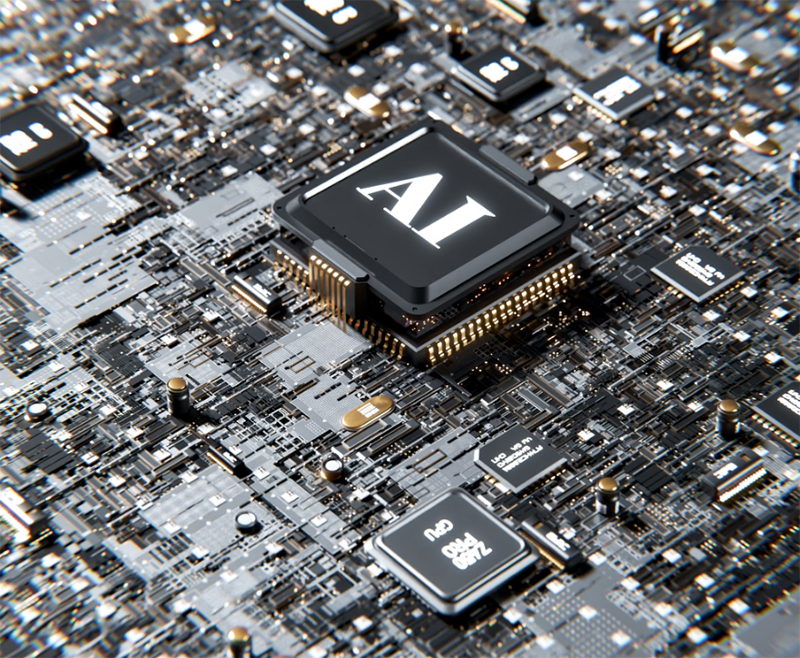How AI is Transforming Urban Planning for Better Cities
Urban planning is not an exception; the integration of artificial intelligence (AI) in several disciplines has sparked transforming developments. To evaluate urban layouts and architectural features, traditional city planning sometimes calls for time-consuming procedures, specialized technical knowledge, and great manual effort. New Virginia Tech research, however, emphasizes the promise of generative artificial intelligence—more especially, massive language models like ChatGPT and Google’s Gemini—to make urban planning more accessible and efficient. Particularly for smaller towns with limited resources, AI-driven models present a promising new approach to better, more inclusive city planning by simplifying difficult tasks include evaluating walkability, safety, and public lighting.
The Role of AI in Modern City Planning

City planning has historically required a deep understanding of urban systems, geographic information, and environmental factors, relying on labor-intensive methods and technical expertise. AI-driven technologies, particularly LLMs, have recently introduced a fresh perspective by enabling advanced analysis without necessitating extensive manual input. This development has implications for a wide range of urban studies, including evaluating walkability, detecting built environment features, and assessing public safety factors. With AI tools capable of processing vast amounts of visual data, city planners can now gain actionable insights from street-view images, making it possible to design and adjust urban spaces more effectively.
Generative AI Models as Accessible Tools for Planners
One of the most significant outcomes of integrating AI in urban planning is the democratization of advanced analytics. Traditionally, sophisticated urban analysis required access to high-performance computing and knowledge of complex coding techniques, limiting these tools to large cities or research institutions. Generative AI models such as ChatGPT and Gemini, however, offer a user-friendly alternative that requires minimal technical expertise. This ease of access enables planners and policymakers from small to medium-sized cities to utilize AI-based urban analytics in decision-making processes. By reducing the technical barriers, these tools allow smaller cities to manage urban infrastructure intelligently, leveling the playing field between urban centers of varying sizes.
Enhancing Urban Environment Assessment with AI

Generative AI enables city planners to quickly analyze and evaluate urban environments, focusing on walkability, safety, and lighting. For example, these tools can automatically detect street features such as benches, sidewalks, trees, and streetlights, which significantly impact the perceived safety and comfort of public spaces. Virginia Tech researcher Junghwan Kim’s study demonstrated how AI can automate this assessment process, sparing planners from manual data collection and offering more accurate, efficient, and comprehensive evaluations. This ability to assess the built environment on a larger scale is especially beneficial in identifying areas that need improvements, allowing planners to enhance urban spaces for better accessibility and safety.
Addressing Limitations and Challenges of AI in City Planning
Despite its potential, AI in city planning has hurdles. Training data quality and diversity, which may not be reflective of smaller towns and rural areas, determines AI model accuracy. This mismatch can induce biases because these models perform better in larger cities with more data. AI models like ChatGPT and Gemini can also cause “hallucinations” or make conclusions based on limited data, which is dangerous in professional situations where precision is vital. Researchers like Kim stress the significance of cautious and educated AI use, especially when it affects urban safety and inclusion.
Generative AI in urban planning is creating a new era where cities of any size can use advanced data to improve infrastructure. AI makes data-driven insights more accessible, improving urban planning efficiency and expanding stakeholder participation. Despite data biases and occasional mistakes, these tools can make cities safer and more habitable. AI technologies promise to empower planners, students, and professionals to construct urban environments that better serve different people, setting a foundation for smart city planning.
